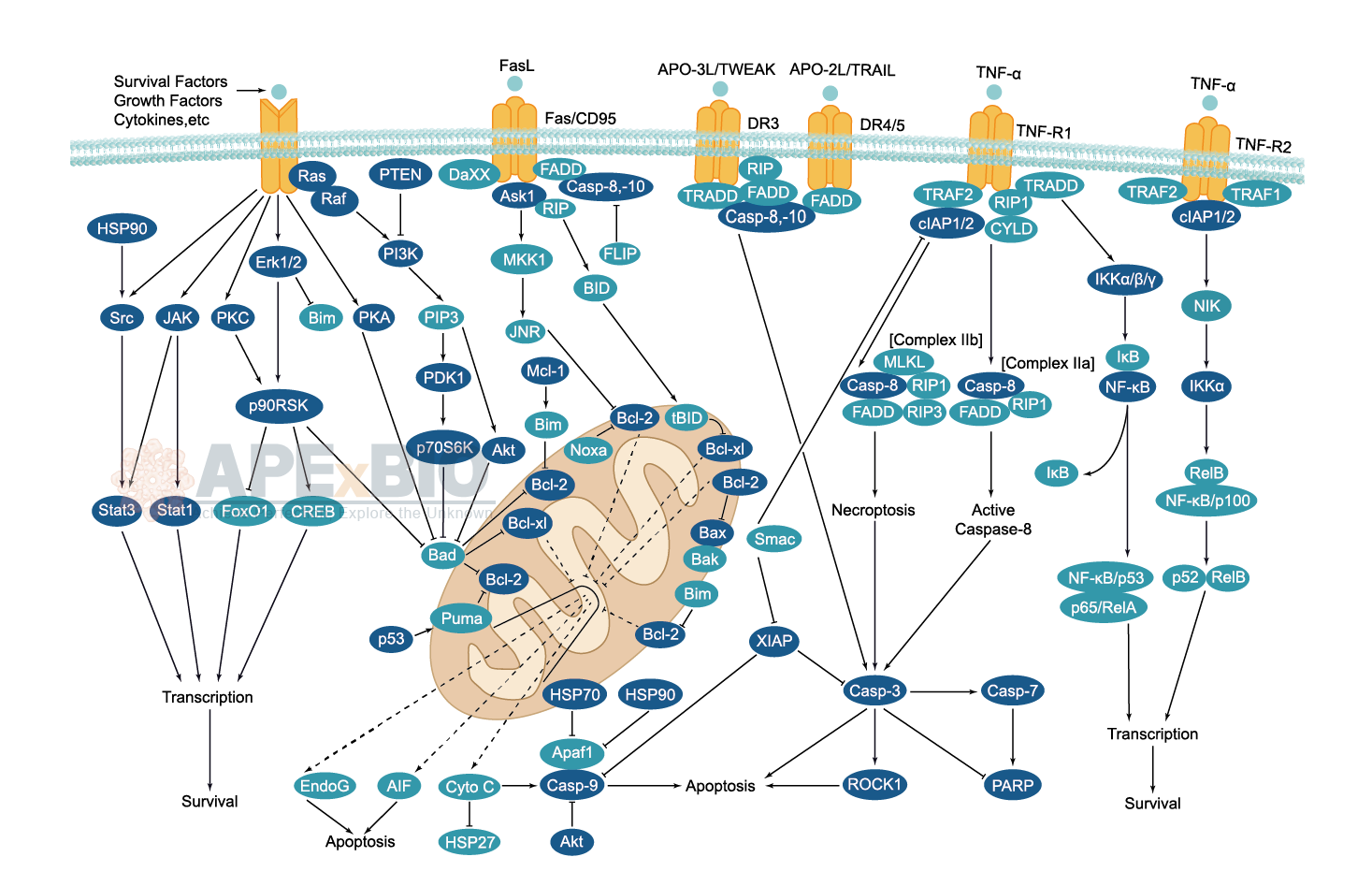Apoptosis
Apoptosis, also known as programmed cell death, is rigorously controlled process of cell death that leads to phagocytosis of unwanted cell. It is triggered after sufficient cellular damage and activated through extrinsic or intrinsic pathways. The intrinsic pathway is mainly occurs via release of cytochrome c from the mitochondria and regulates mitochondrial outer membrane permeabilization by Bcl-2 family proteins. The extrinsic pathway is induced by ligand binding to death receptor, such as Fas, TNFαR, DR3, DR4, and DR5. Caspases then cleave target proteins and nuclear lamins to promote DNA degradation, resulting apoptotic cells undergo phagocytosis. In addition, p53 has the ability to activate intrinsic and extrinsic pathways of apoptosis by inducing transcription of several proteins like Puma, Bid, Bax, TRAIL-R2, and CD95.
Some Inhibitors of apoptosis proteins (IAPs), such as XIAP/BIRC4 and Bruce/BIRC6, can block casapse activity through direct binding, while other IAPs, such as cIAP1/BIRC2, cIAP2/BIRC3, act as ubiquitin ligases that target caspases for ubiquitin-mediated degradation. Apoptosis is essential for growth, development and aging in multicellular organisms. Any alterations or abnormalities occurring in apoptotic processes contribute to development of human diseases, including cancer.
-
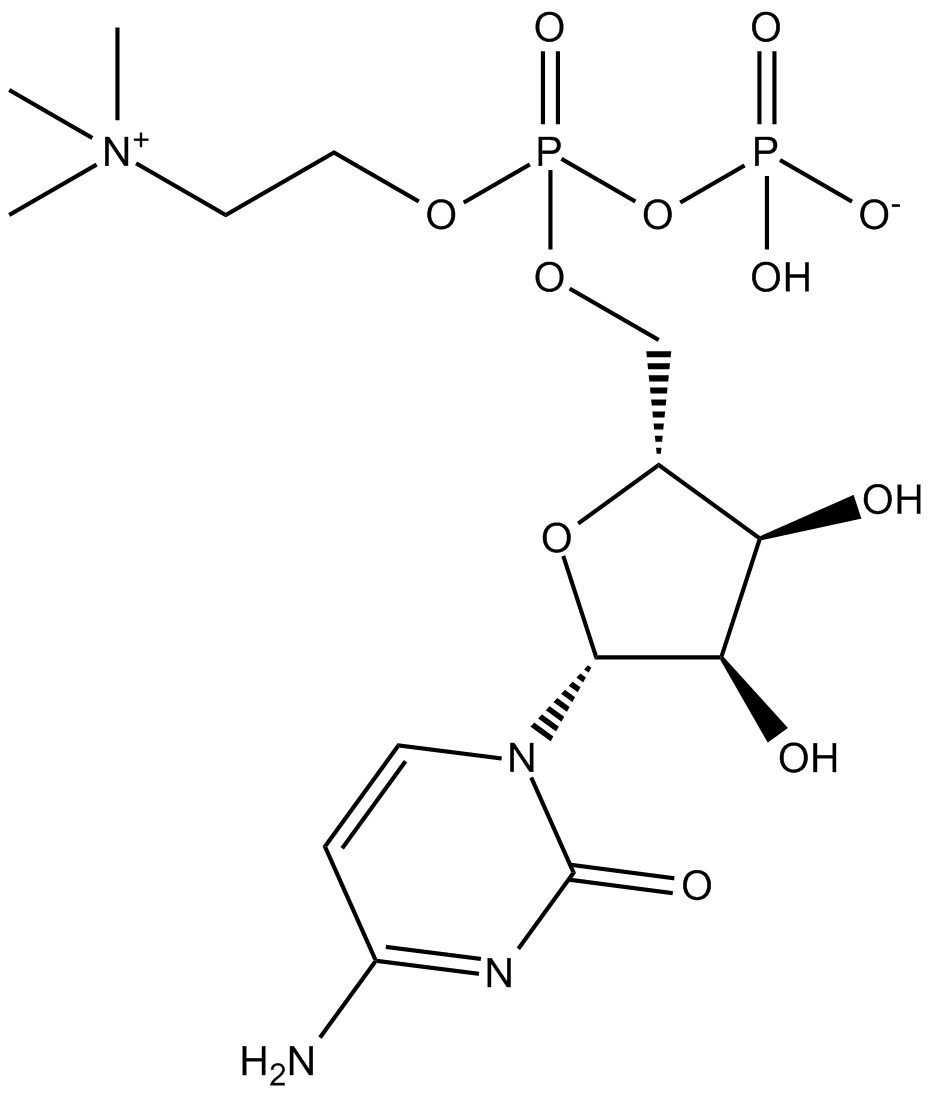 C6983 Citicoline
C6983 Citicoline -
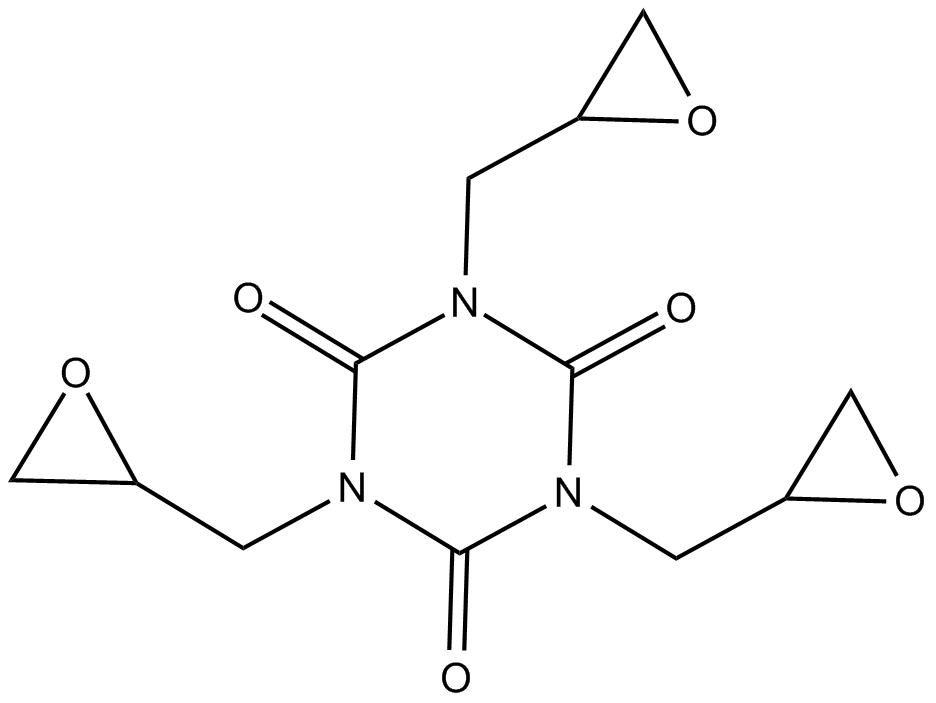 C7092 Triglycidyl Isocyanurate (Teroxirone)
C7092 Triglycidyl Isocyanurate (Teroxirone) -
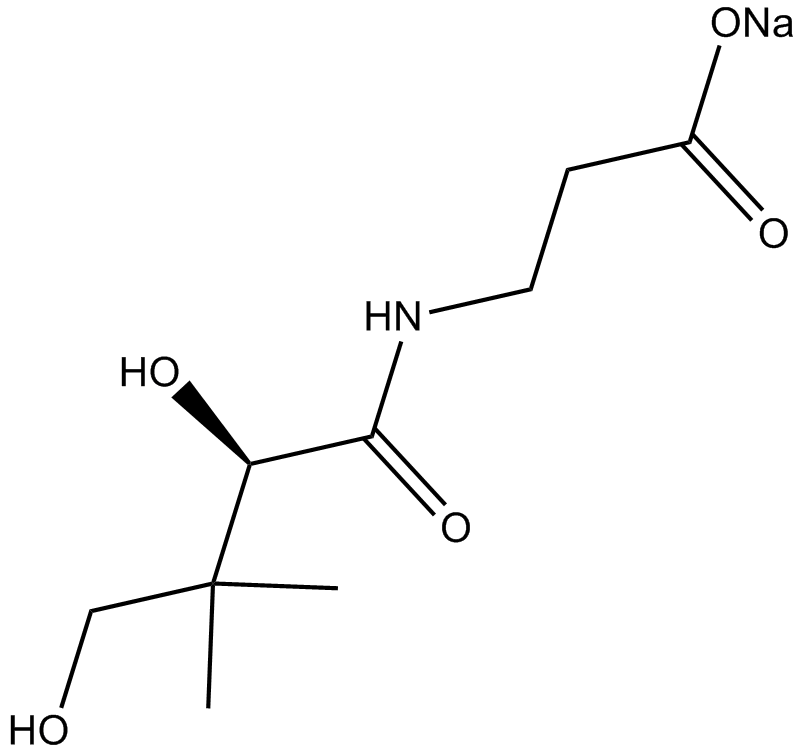 C7117 D-Pantothenate sodium
C7117 D-Pantothenate sodium -
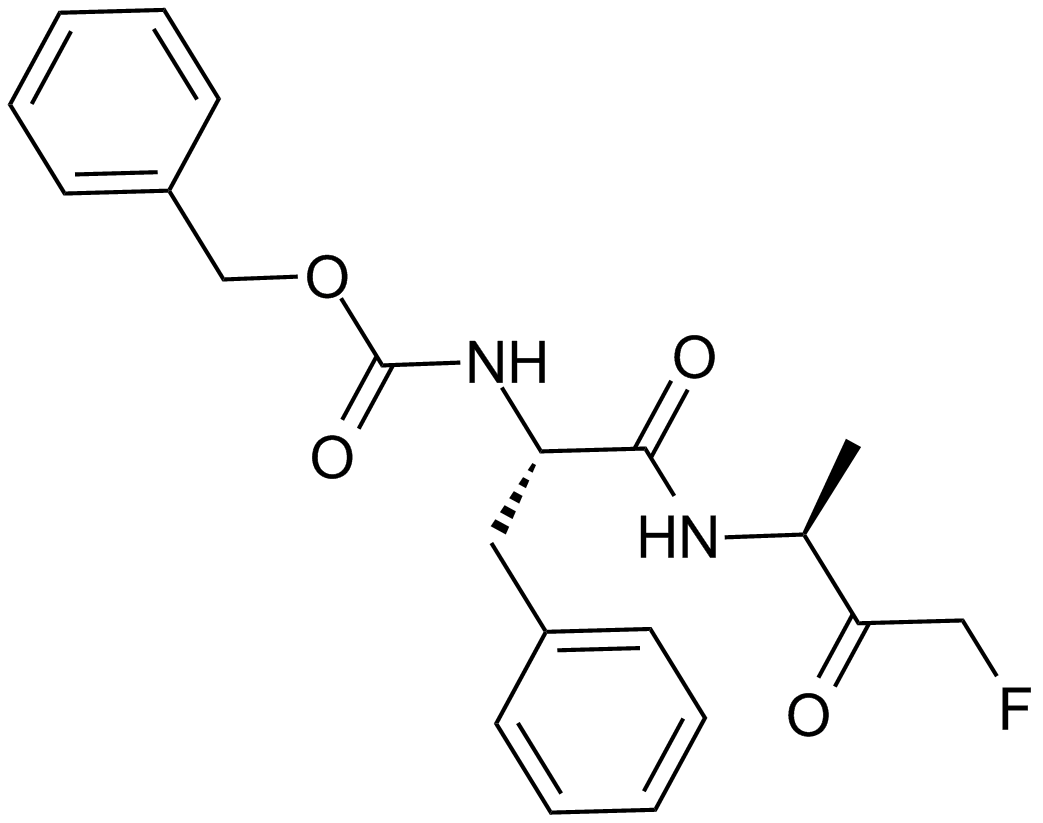 A8170 Z-FA-FMKTarget: cysteine proteaseSummary: Cysteine proteases inhibitor
A8170 Z-FA-FMKTarget: cysteine proteaseSummary: Cysteine proteases inhibitor -
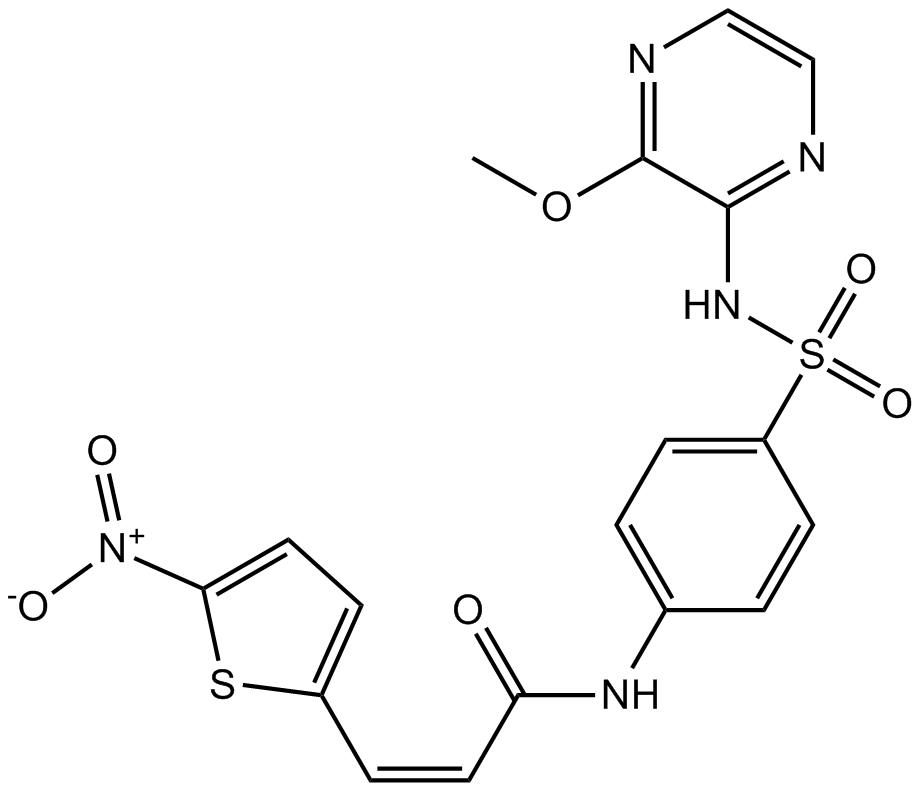 B7731 Necrosulfonamide1 CitationTarget: Mixed lineage kinase domain-like protein (MLKL)Summary: Necroptosis inhibitor
B7731 Necrosulfonamide1 CitationTarget: Mixed lineage kinase domain-like protein (MLKL)Summary: Necroptosis inhibitor -
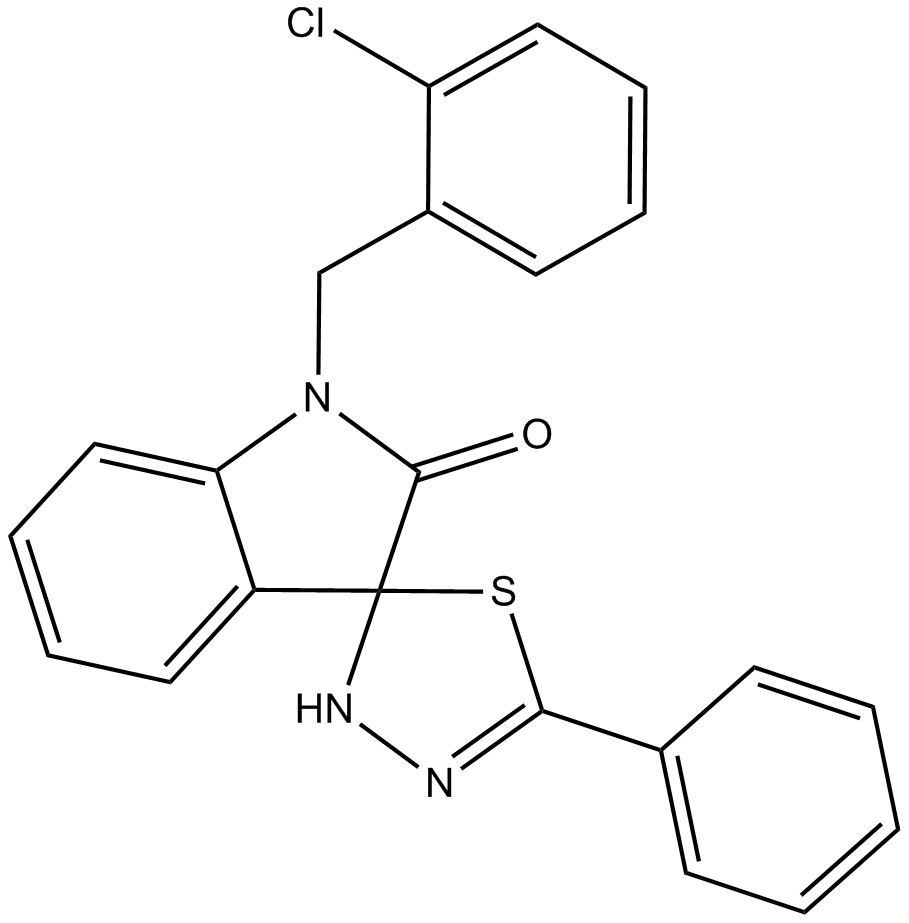 B7760 CFM 4Summary: Interferes with CARP-1 binding to APC-2
B7760 CFM 4Summary: Interferes with CARP-1 binding to APC-2 -
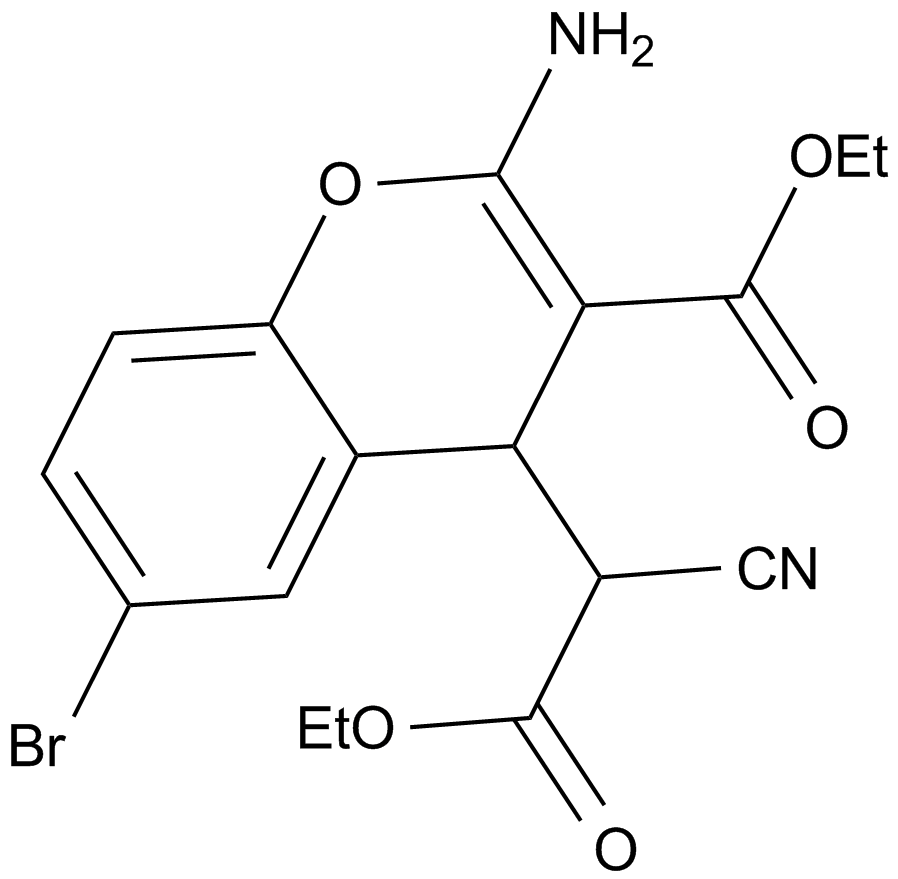 A8168 HA14-1Target: Bcl-2Summary: Bcl-2 inhibitor,potent and cell-permeable
A8168 HA14-1Target: Bcl-2Summary: Bcl-2 inhibitor,potent and cell-permeable -
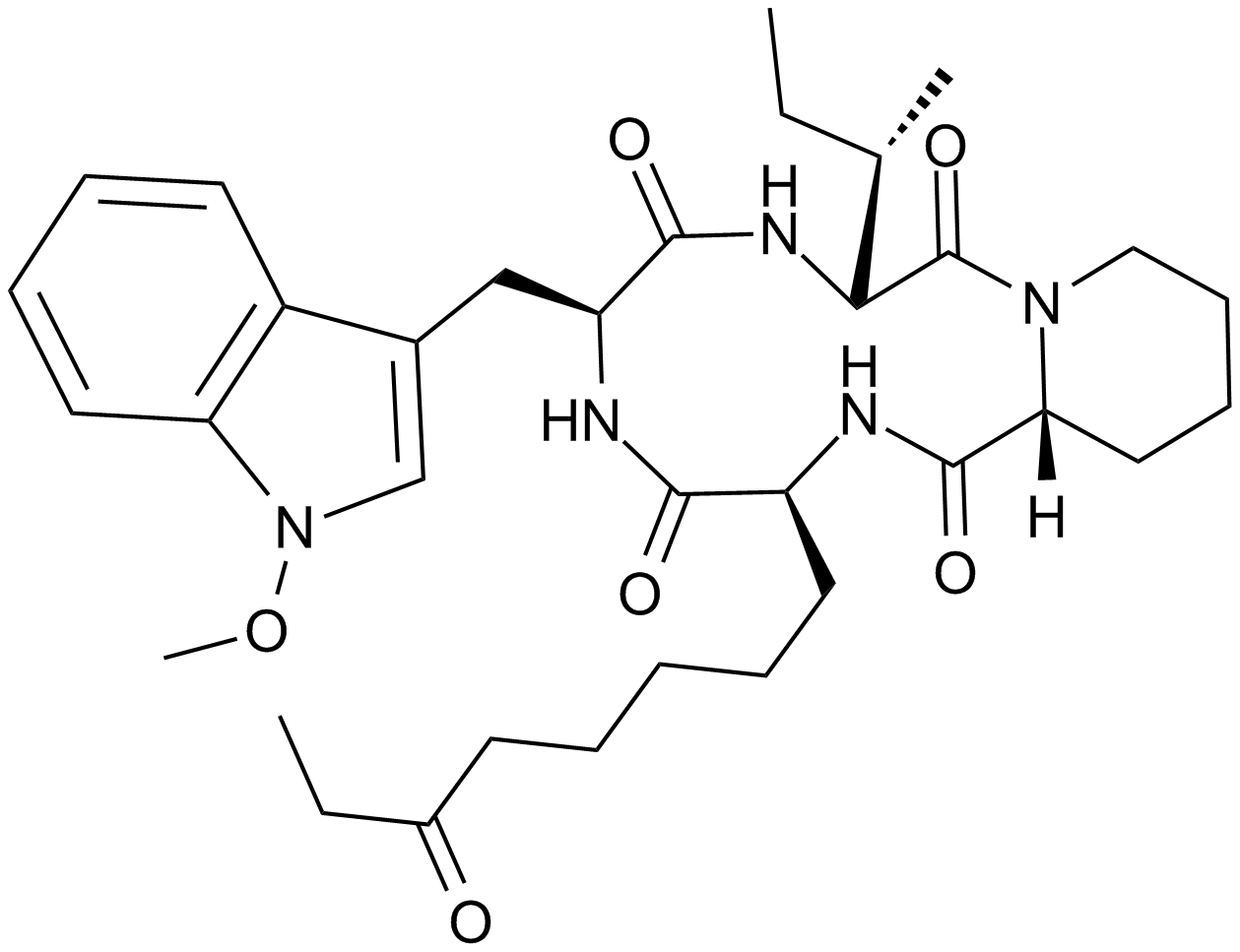 A8176 Apicidin2 CitationTarget: Histone Deacetylases (HDACs)Summary: Potent HDAC inhibitor
A8176 Apicidin2 CitationTarget: Histone Deacetylases (HDACs)Summary: Potent HDAC inhibitor -
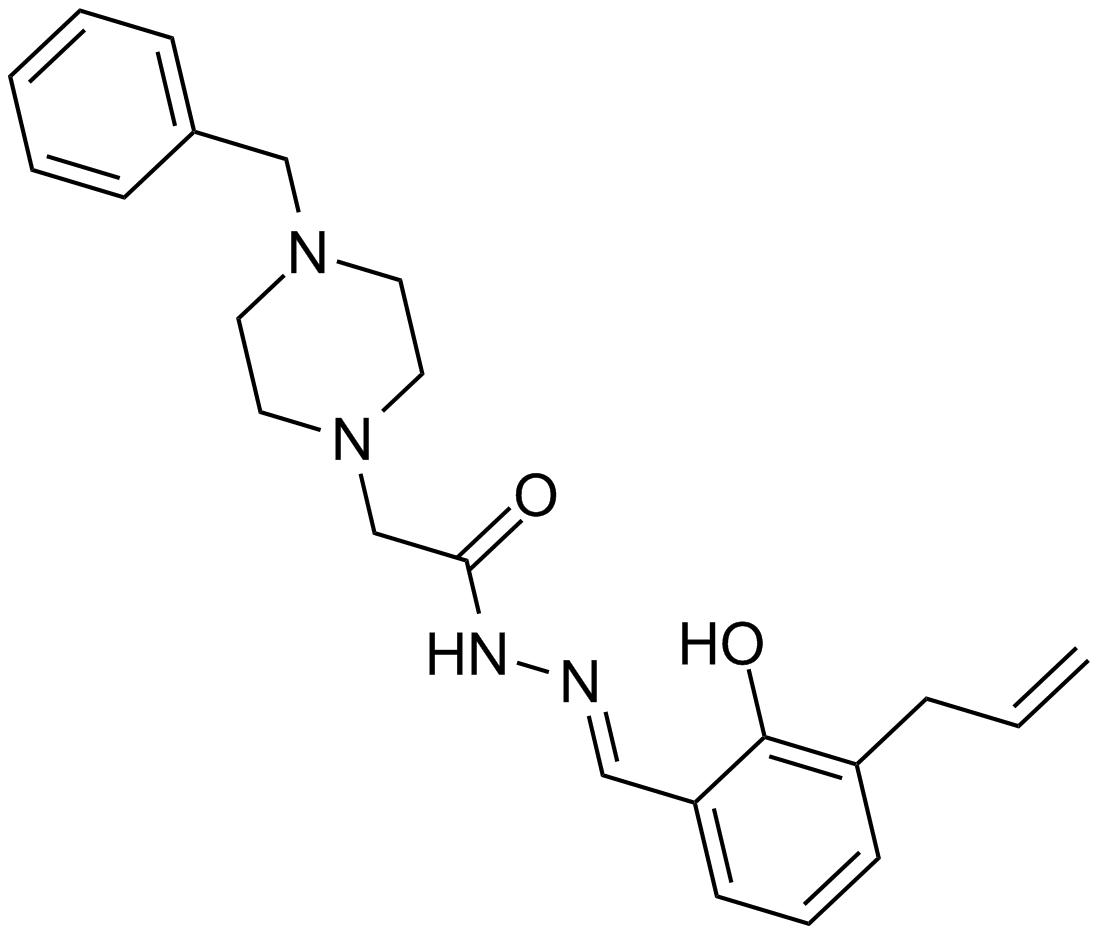 A8177 PAC-11 CitationTarget: CaspasesSummary: Procaspase-3 activator
A8177 PAC-11 CitationTarget: CaspasesSummary: Procaspase-3 activator -
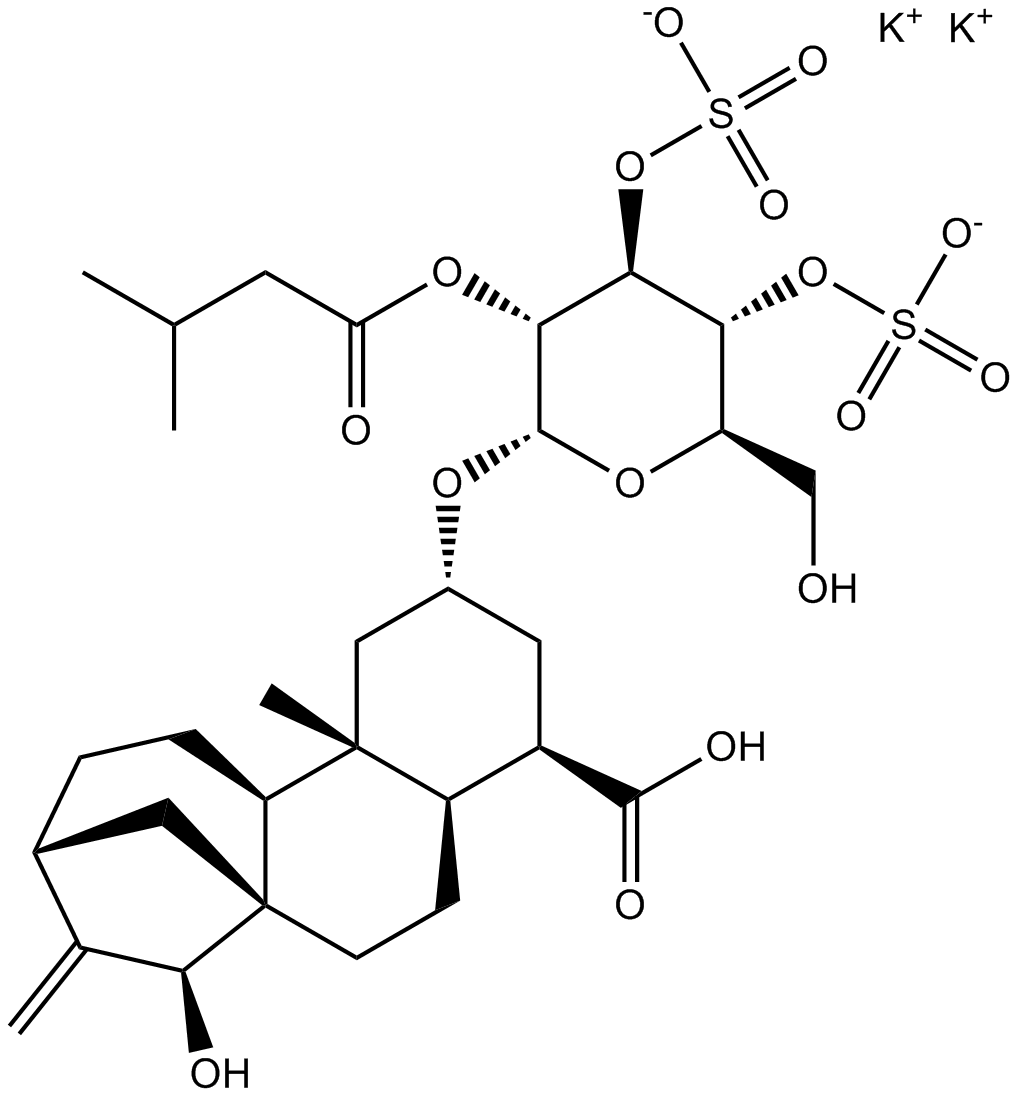 A8188 Atractyloside Dipotassium Salt1 CitationTarget: AATSummary: AAT inhibitor
A8188 Atractyloside Dipotassium Salt1 CitationTarget: AATSummary: AAT inhibitor


